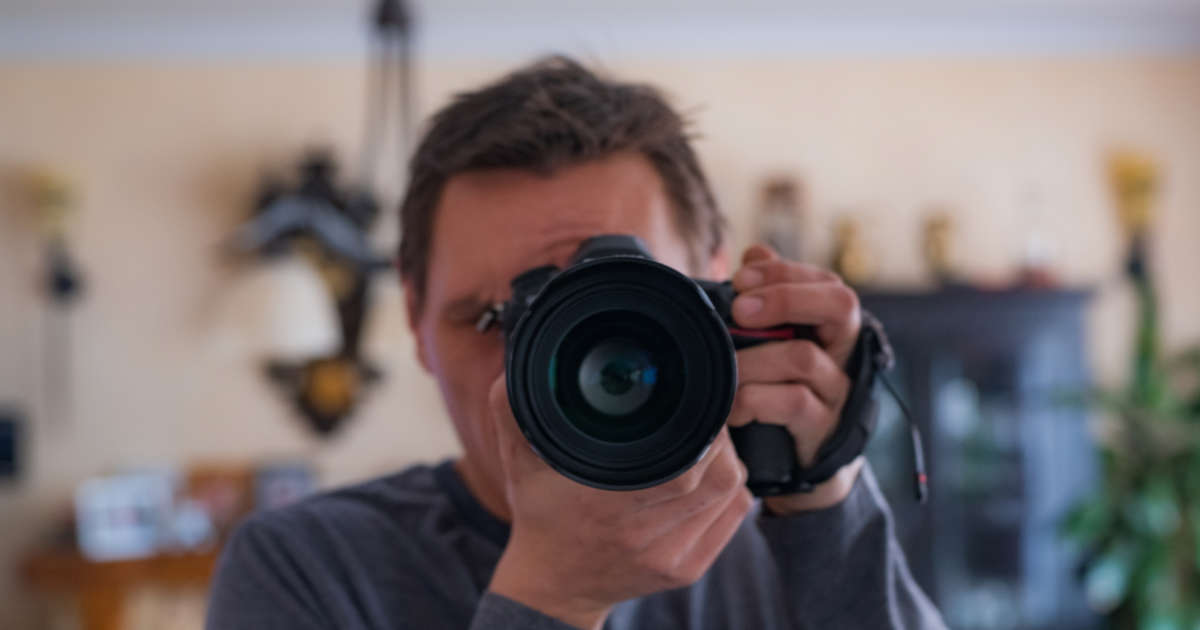[ad_1]
For decades after its invention in the early 19th century, photography was not considered art. By the late 1850s, French art critic Charles Baudelaire was calling the photographic industry “art’s most mortal enemy.”
More from Fortune: 5 side hustles where you may earn over $20,000 per year—all while working from home Looking to make extra cash? This CD has a 5.15% APY right now Buying a house? Here’s how much to save This is how much money you need to earn annually to comfortably buy a $600,000 home
Today we face a similar issue: Can A.I.-generated images be considered photography? And do they threaten photographers and other artists?
One thing is already clear: The art world cannot ignore artificial intelligence.
Last month, an image depicting two women (see below) took the top prize in the creative category of the prestigious Sony World Photography Awards, only for the winning artist to make clear he produced the work with an A.I. tool, not a camera.
Berlin-based artist Boris Eldagsen explained on his website that he applied to the contest “as cheeky monkey” to find out whether photography competitions “are prepared for A.I. images to enter.”
“They are not,” he concluded. “We, the photo world, need an open discussion. A discussion about what we want to consider photography and what not.”
Eldagsen produced the image—entitled “Pseudomnesia: The Electrician”—using DALL-E 2, made by OpenAI, the same Microsoft-backed venture behind the A.I. chatbot ChatGPT and its successor GPT-4.
© Provided by Fortune
His enthusiasm for A.I. image generators—others include Midjourney and Stable Diffusion—comes through in a Scientific American interview published Friday: “When A.I. generators started, I was hooked from the very beginning. For me, as an artist, A.I. generators are absolute freedom. It’s like the tool I have always wanted.”
But he sees the tools as being distinct from photography. In rejecting his prize, he wrote: “A.I. images and photography should not compete with each other in an award like this. They are different entities. A.I. is not photography. Therefore I will not accept the award.”
Eldagsen said in the Scientific American interview that it’s time for some new terminology.
“One thing I propose is to clean up the terminology and not call realistic A.I. art ‘A.I. photography’ anymore, because it’s not photography. And one suggestion that came out of the community was ‘promptography,’ and I just love it. It is large enough to encompass that the result can look like a drawing, like a painting, like a photo.”
Last year, a work entitled “Théâtre D’opéra Spatial,” created with Midjourney, controversially took home the blue ribbon in the Colorado State Fair’s contest for emerging digital artists. The creator, Jason M. Allen, defended his win, even as purists said he cheated and argued not enough skill was involved.
“Promptography” would seem suitable for the winning entries of both Eldagsen and Allen. Each artist spent considerable time and effort experimenting with the A.I. image generators and finding just the right prompts to create their art.
Eldagsen told Scientific American, “The only thing I can say is that the easy answers on both sides—those who want to go back to analog times and those who say promptography is photography—are nonsense. We need to think deeper than that.”
Do photography and promptography belong in the same museum, festival, gallery, or competition? “It’s very complex,” he said. “I don’t have any answer for that.”
This story was originally featured on Fortune.com
More from Fortune:
5 side hustles where you may earn over $20,000 per year—all while working from home
Looking to make extra cash? This CD has a 5.15% APY right now
Buying a house? Here’s how much to save
This is how much money you need to earn annually to comfortably buy a $600,000 home
[ad_2]

